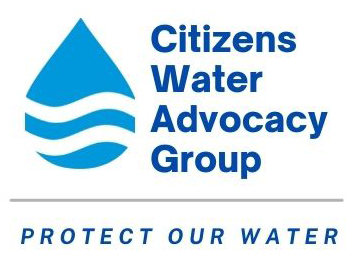Reducing Demand to Achieve GPCD Goals
Programs to reduce water use should first focus on the highest water users. In the PrAMA, most water use is by homes in Prescott, Prescott Valley, Chino Valley, and Dewey-Humboldt. Therefore, the first priority for demand reduction should be to develop aggressive conservation programs for these communities. The measures selected for these programs can be adapted to the commercial and institutional sectors. We expect the agriculture sector will continue to decline. Industrial water use in the PrAMA is very low.
Three types of approaches are available, each with pros and cons:
- Education measures to influence day-to-day habits and behaviors, such as taking shorter showers, are widely acceptable to citizens, low cost, but usually have small short-term impacts on water usage;
- Incentives for implementing conservation measures, such as the installation of high efficiency toilets, have significant impacts at reasonable cost and are acceptable to citizens.
- Regulatory measures, such as the mandatory use of drought-tolerant vegetation in new developments, can result in significant reductions in water use but may not be acceptable to the community.
-
Preparing a Conservation Plan
Preparing a Conservation Plan
Short-term conservation plans will be necessary to achieve reductions in water use in the PrAMA. The research and analysis required to prepare a conservation plan is extensive and can be very informative.
- Commitment: Establish the commitment among government officials to reduce the community's current contribution to the overdraft and to support conservation programs.
- Potential: Determine the potential for water use reduction by sector using estimates of local GPCD compared to what other jurisdictions are achieving and hoping to achieve.
- Goals: Establish goals for GPCD reduction.
- Options: Identify possible conservation program options relevant for each sector.
- Analysis: Analyze program options in terms of “bang for the buck”. That is, determine which options provide the greatest reduction in long-term water use per dollar of program cost.
- Plan: Prepare a comprehensive, coordinated conservation plan for all sectors.
- Implement: Approve and implement the conservation plan.
- Program Evaluation: Carry out annual or biannual evaluations of the conservation plan to determine the effectiveness of each measure and make adjustments as appropriate.
The preparation of a comprehensive conservation plan requires a significant commitment on the part of a municipality. The benefits of planning experienced by the City of Flagstaff and the Albuquerque Bernalillo County Water Utility Authority show that it is worth the commitment.
-
Conservation Measures
Conservation Measures
A wide range of water conservation measures is available. Here are several of the approaches that have been included in conservation plans.
Education: Public awareness of the need for water conservation is essential for the success of all conservation programs. Examples of educational activities include bill inserts, advertising, and providing school curriculum content.
Residential Audits: Audits of water use typically have three main targets: High water users, low income families, and multi-family housing. Audits can include fixing leaks and offering free retrofit devices such as efficient showerheads as well as education on the need for conservation.
High Efficiency Toilets: Water use by toilets is usually the largest area if residential water use. Incentives to replace older, less efficient toilets are typically a priority of conservation programs. In the mid-1990's the City of New York funded the replacement of 1.3 million residential and commercial toilets. Average savings for each high efficiency toilet installed were 53.8 gallons per day.
Clothes Washers: Since doing laundry typically represents the second greatest area of residential water usage, incentives for the installation of high efficiency washers are often included in conservation programs.
Landscape Water Control: Approximately 30% of residential water use is outside the house. In the peak month of July, the City of Prescott pumps twice as much water as in an average winter month. Conservation programs to incentivize the replacement of water-thirsty turf with drought-tolerant and native vegetation can yield savings for many years.
Tiered Water Rates: A measure to discourage outside water use is to introduce water rates that charge residences more for greater monthly usage. Prescott saw a measurable reduction in water use when it introduced tiered water rates in the mid-2000's.
The determination of which measures to include in a conservation program can be complicated depending on which goals are established. Some measures have an immediate impact but are less successful in ensuring long-term savings. Other measures may stimulate conservation actions which would have happened without any incentives. And the effects of other measures, such as education programs, are difficult to measure. -
Developers provide offsets
Developers provide offsets
Content in preparation
